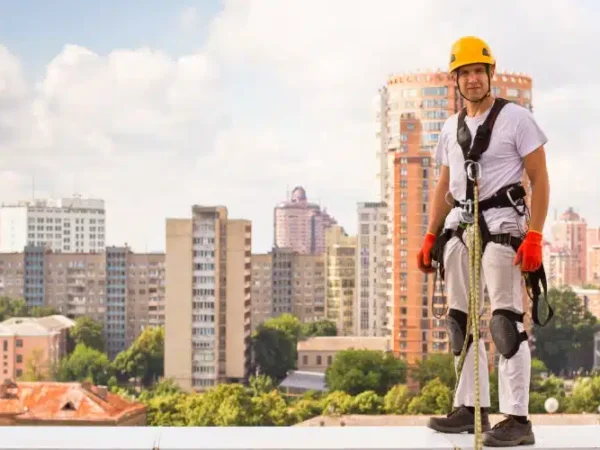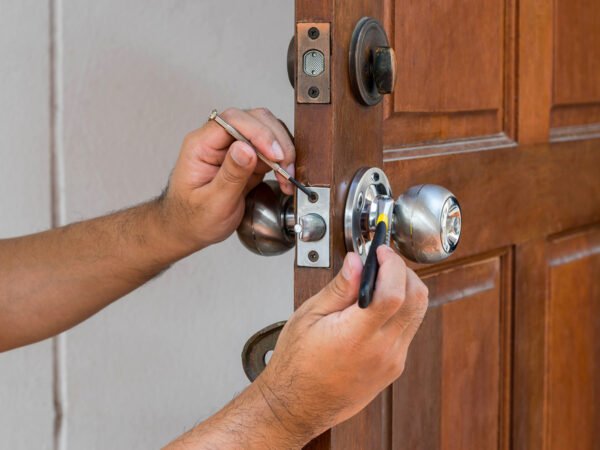Behind the smooth hum of an air conditioner, the steady flow of clean water, and the warmth in a cozy room—mechanical contractors are hard at work. These professionals make sure our buildings breathe, function, and thrive. Whether it’s a new hospital, an office tower, or a school, their hands are on everything from HVAC systems to plumbing, piping, and fire protection.
In this article, we’ll walk through the actual work mechanical contractors do, the challenges they solve, and why their role is more essential than ever in a world leaning toward technology, comfort, and sustainability.
Challenges Mechanical Contractors Solve Every Day
Tackling Old HVAC Systems in Large Buildings
Many commercial spaces run on aging systems. Over time, HVAC units can become inefficient, loud, and even hazardous. Mechanical contractors inspect these systems and offer more innovative solutions, such as upgrading to energy-efficient models or restoring existing ductwork. The goal isn’t just fixing a problem—it’s providing people with a safe and comfortable space to breathe.
Managing Complex Piping in Industrial Sites
Industrial buildings aren’t simple. From chemical plants to food-processing units, piping systems often crisscross through tight spots and must meet strict codes. Mechanical contractors arrive with detailed plans and extensive expertise. They install, repair, and maintain miles of piping systems, ensuring both safety and productivity.
Providing Emergency Repairs Under Pressure
A busted water line, a broken furnace, or a leaking gas pipe can’t wait. Mechanical contractors respond fast. They don’t just bring tools—they bring calm, solutions, and skill. Many are trained to handle high-pressure emergencies with safety and speed, minimizing damage and downtime.
How Mechanical Contractors Bring Projects to Life
From Planning to Reality—Step by Step
Every building starts with a blueprint. But making that plan work in real life? That’s where mechanical contractors shine. They interpret technical drawings, collaborate with engineers and architects, and determine how to integrate heating, cooling, plumbing, and other systems into real-world spaces.
Working Alongside Other Experts on the Site
Mechanical contractors rarely work alone. On a job site, they collaborate with electricians, civil contractors, and safety officers. Timing is everything. If HVAC ducts are installed too late, it might block electrical lines. That’s why coordination and communication are key to their work.
Installing Systems That Keep Buildings Alive
Think of a building like a body. The HVAC system is the lungs, the piping is the veins, and the ventilation system is its breath. Mechanical contractors install these vital systems, ensuring that everything inside the building operates smoothly—from temperature control to air quality to water flow.
Choosing the Right Mechanical Contractor
Why Experience Always Matters
You can’t fake experience. Especially when working on large or sensitive buildings, such as hospitals, hotels, or factories, a seasoned mechanical contractor knows which system fits where, how to prevent issues before they arise, and how to keep projects on time and within budget.
Certifications You Should Look Out For
Not all contractors are the same. Look for those certified by organizations like the Mechanical Contractors Association of America (MCAA) or licensed by your state. These credentials indicate that the contractor has passed important exams and adheres to strict safety and quality standards.
Asking the Right Questions Before Hiring
Before signing any contract, ask questions like:
- How many similar projects have you completed?
- Can you provide references?
- What safety protocols do you follow?
- How do you handle delays or budget changes?
These questions help separate true professionals from temporary fixers.
Innovations Driven by Mechanical Contractors
Greener, Smarter, and More Efficient Systems
Sustainability is a big deal today. Mechanical contractors now install smart thermostats, low-flow plumbing, and high-efficiency boilers. These upgrades not only save money but also lower carbon footprints. Green systems are no longer a luxury—they’re a responsibility.
Using Digital Tools Like BIM and 3D Modeling
Gone are the days of paper blueprints alone. Today, many contractors use Building Information Modeling (BIM) and 3D software to plan and troubleshoot installations. This technology helps spot issues before they become real problems, saving both time and money.
The Rise of Automation and AI
Some mechanical systems now use AI to learn and adjust to building usage. Innovative HVAC systems, for instance, can change settings based on room usage or weather patterns. Mechanical contractors not only install these systems but also teach building managers how to use them right.
The Future of Mechanical Contracting
Blending Craftsmanship with Technology
What makes a mechanical contractor stand out today is not just skill with tools—it’s knowledge of intelligent systems, software, and eco-friendly solutions. As the world becomes more technologically advanced, these contractors are combining hands-on work with tech-savvy thinking.
More Demand, Bigger Responsibility
From schools and malls to data centers and airports, the demand for mechanical contracting continues to rise. Every building needs comfort, safety, and efficiency—and these pros deliver all three. But with greater demand comes the responsibility to train the next generation, adopt new technologies, and lead with integrity.
Why It All Matters
When we walk into a warm office on a cold day or enjoy clean water in our homes, we often forget the people who make it happen. Mechanical contractors are those silent guardians—problem solvers, system thinkers, and safety experts.
Their job goes far beyond pipes and ducts. They bring buildings to life. They solve problems we didn’t know we had. And they do it with precision, passion, and pride.
In a world driven by comfort and sustainability, their role isn’t just important—it’s essential.
Do Read: Fueling the Future: How Oil Giants Are Powering New Energy Paths













